Exercise during this time of night can help you sleep
Nowadays, many people have a heart that wants to exercise, but helplessly, it is difficult to spare a complete period of time to exercise from morning to night. Some people worry that exercising at night is too exciting to fall asleep, and there are even claims that exercising at night is equivalent to chronic suicide…
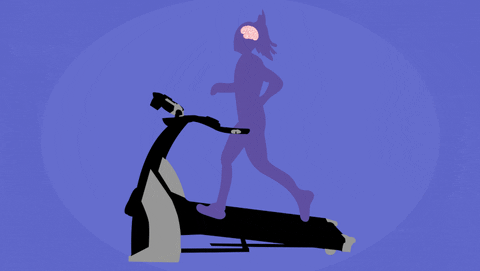
However, according to a study published in the Swiss scientific journal “Sports Medicine”, exercising at night not only does not impair sleep quality, but it also increases the duration of deep sleep.
A study published in the top scientific journal “Sports Medicine” in Switzerland showed that moderate exercise at night basically does not hurt sleep, and it also has a certain effect on improving sleep.
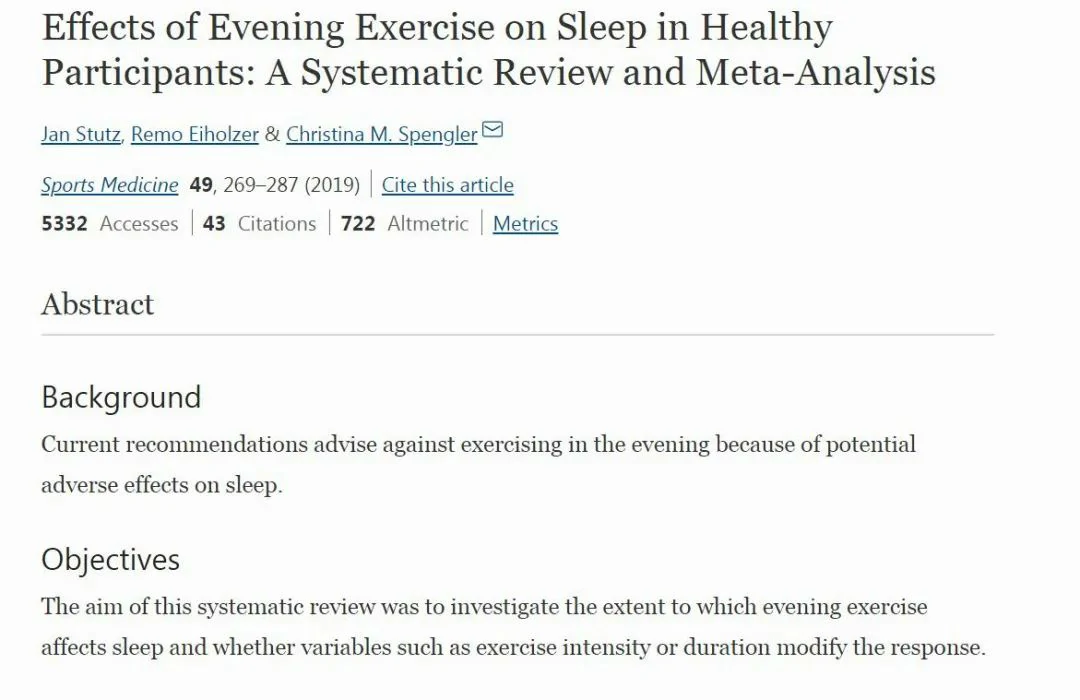
The researchers analyzed 11,717 papers and finally screened out 23 really valuable papers, and conducted a meta-analysis of their data to conclude that moderate exercise, such as endurance running or cycling before bedtime, did not negatively affect sleep. , but will increase the time of deep sleep.
The researchers found that among those who exercised for several nights, 21.2 percent of their sleep time was in deep sleep; if one night without exercising, deep sleep dropped to 19.9 percent.
What is the best time to exercise at night?
An experiment conducted by Charles Stewart University in Australia found that exercising for 30 minutes in the evening not only did not affect sleep, but also reduced hunger.
The researchers tested 11 participants three times, testing their sleep and appetite status after exercise in the morning (6-7 pm), afternoon (2-4 pm), and evening (7-9 pm).
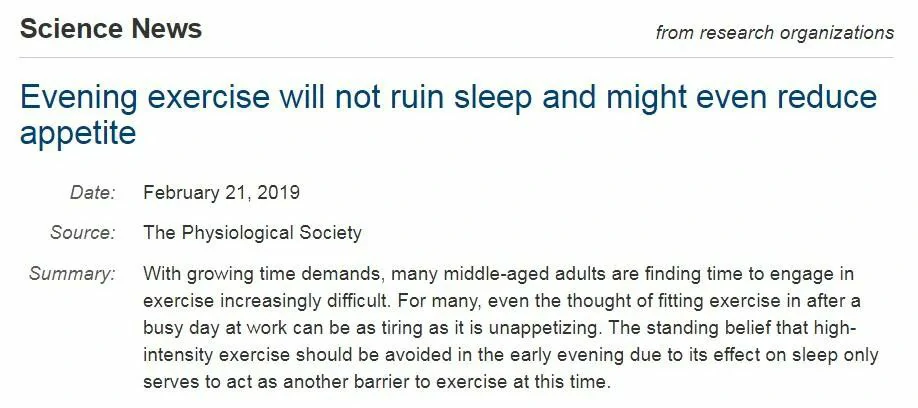
The researchers found that exercising at 7-9 p.m. not only had no adverse effect on sleep, but also had lower blood ghrelin concentrations. The study also emphasized that short-term single exercise may not be associated with reduced hunger, but exercise at 7-9 p.m. did not impair sleep quality.
Exercise can counteract the damage of poor sleep
Not only does exercise improve sleep quality, but it also reduces the negative effects of poor sleep on your body.
A study published in the British Journal of Sports Medicine suggests that weekly physical activity at or above the recommended amount may offset the serious health risks of poor sleep quality.
The findings showed that those who slept the worst and exercised the least had the greatest risk of dying from heart disease, stroke, and cancer. The researchers, therefore, believe that there may be some connection between the two activities.
To delve deeper into the question, the researchers extracted health information from volunteers participating in the UK Biobank study. Using the data, they looked at participants’ normal weekly physical activity levels.
The WHO exercise guidelines suggest that the optimal amount of physical activity per week is 150 minutes of moderate-intensity activity, or more than 75 minutes of vigorous-intensity physical activity. Participants were divided into three groups according to the intensity of physical activity: high-intensity group, moderate-intensity group, and low-intensity group; then the researchers evaluated their sleep quality according to sleep type, sleep duration, insomnia, snoring, and daytime sleepiness. to evaluate.

After 11 years of follow-up monitoring, it was found that people who did not have moderate or more physical activity and did not sleep well had a 57% higher risk of all-cause death than those who were more physically active and had higher sleep scores. And these people also have a much higher risk of dying from various cardiovascular diseases, cancer, and lung cancer. Happily, for those with low sleep scores but high physical activity scores, this risk all but disappeared.
The researchers concluded: “Physical activity levels at or above the WHO-recommended amount of physical activity may undo the harm caused by poor sleep quality.”
Five sports squares are suitable for different groups of people
Long-term adherence to moderate exercise has many benefits such as weight control, improved sleep, improved physical function, and longevity.
strength training: weight control
When it comes to losing weight, many people think that just doing more exercise is enough, but that’s not the case. Scientific weight loss, although exercise is the first choice, but the key depends on how to move. Gou Bo said that strength training is the best way to lose weight.
Strength training can build muscle, muscle development, and basal metabolic rate.
Basal metabolic rate refers to the number of calories that a person needs to consume the minimum calories needed to maintain life when a person is stationary. If a person’s basal metabolic rate is 1000 kcal, then even if he does not move all day , will consume 1000 kcal. Weightlifting, barbell lifting, etc. are relatively simple strength training.
The American Heart Association recommends that healthy adults do 30 to 45 minutes of strength training at least twice a week.
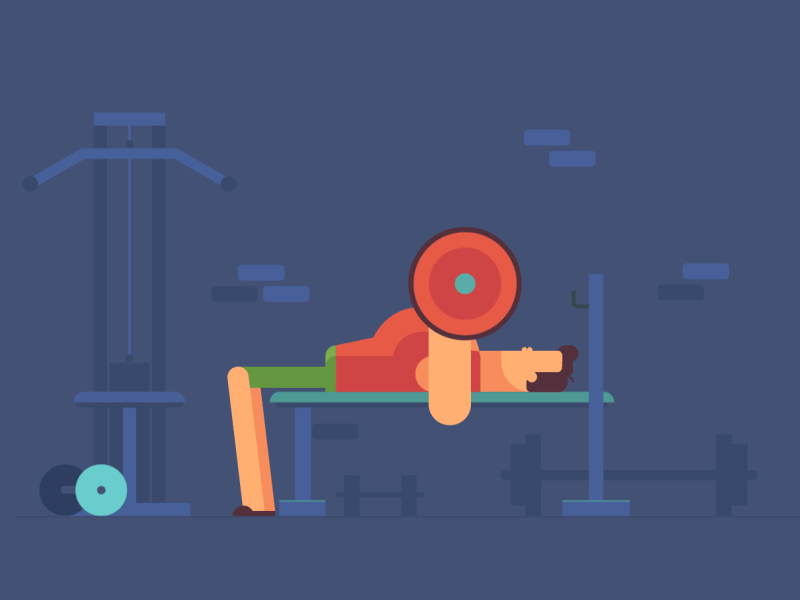
Strength training can also be paired with some foods, which not only provide the necessary nutrients during exercise and help the body recover but also reduce the risk of muscle cramps. Gou Bo suggested that it is a good choice to eat some almonds, bananas, whole-wheat bread, yogurt, apples, and other foods before exercise.
Reminder: strength training should also have a degree, the elderly and minors are not suitable for strength training with a large amount of exercise.
Competitive Sports: Sleep Well
Sleep is a protective mechanism for the cerebral cortex cells, that is, when the nerves are “tired”, they need a transformational rest. The key to “stimulating” neural transformation is movement.
Appropriate exercise can make people sleep better, especially competitive exercise, which can make people feel fatigued and can make nerve excitation and inhibition processes alternate, thus helping sleep.
Young and middle-aged people can choose football, basketball, volleyball, and other competitive ball games that consume a lot of physical strength;
Middle-aged and elderly people can walk, do yoga, etc.;
Children can participate in more sports such as swimming and mountain climbing.

Reminder: exercise intensity should be well controlled. People with good physical strength can do about 2 hours of exercise every day; people with average physical strength can arrange 45 minutes.
Fragmentation exercise: strengthen the heart and brain
Many people are busy with work and have no time to exercise, and most of these jobs are inseparable from “sedentary”. The World Health Organization’s Behavioural Risk Factor Study shows that prolonged sitting is one of the leading causes of death and disability.
Gou Bo suggested that you might as well make good use of the rest time after work. Try 5-7 minutes of fragmented exercise every day, which will make the body regain its “vigor”. Such as push-ups, squats, high leg raises, front lunges, etc. are all good choices. Do 1-2 sets of 20-30 times each time.
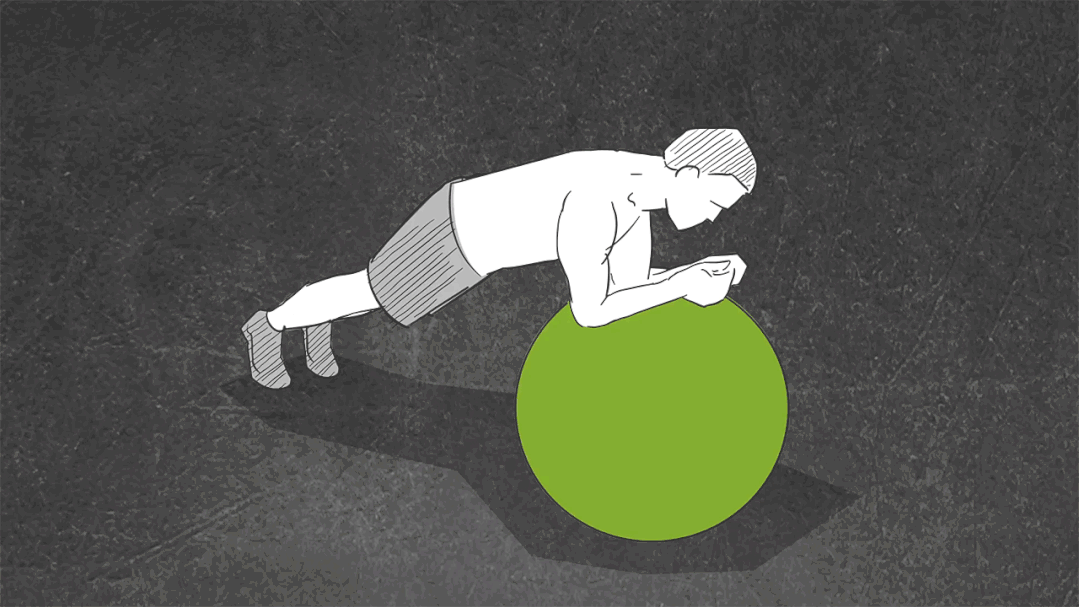
These fragmented movements can not only speed up blood circulation, improve cardiopulmonary function, but also stimulate the brain, which will be more efficient when it is put back into work.
Reminder: Those who are doing these exercises for the first time and middle-aged and elderly people can do it gradually.
Cardio: Brighten the mood
A study by Florida State University and the University of Illinois at Urbana-Champaign shows that aerobic exercise can improve people’s mood, help relieve mental stress, and thus maintain health.
Restless walking: Strenuous exercise can easily cause injury, which can be relieved by walking. The scenery along the way and the chirping of cicadas on the trees will make people feel comfortable and help release bad emotions.
Depressed mood can swim: in the water, there will be a feeling of soothing, relaxation and freedom, and the depressed mood will “go away”.
Too much pressure to do yoga: the coordination between the stretching of the body and the breathing can fully stretch and relax the body and mind.

Skilled Movements: Improve Flexibility
Statistics show that falls have become the number one “killer” of disability for the elderly. To prevent falls, the ability to react, balance, and coordinate are very important. Lu Yifan believes that some technical exercises can not only achieve the purpose of improving physical fitness but also improve the sense of balance, reaction level and coordination, to keep the elderly away from falling.
small ball exercise reaction
Responsiveness is the brain’s response to external stimuli and the body’s response to brain commands. The small ball movement is relatively weak, but the rhythm is fast, requiring a high degree of consistency between the hand and the brain, and frequent participation can improve the reaction speed. Badminton and table tennis are good choices.

Dance balance and coordination
The hands and feet “swing” together with the rhythm of the music, is a comprehensive “interpretation” of balance and coordination. In addition, standing on one leg every day can also achieve the same effect: when doing this action, there must be support around, in case the standing is unstable, you can help it to avoid falling.
You can also practice the transfer of the center of gravity, first transfer the center of gravity to the left, restore the upright after a while, and then transfer the center of gravity to the right, which is conducive to gait coordination and balance.